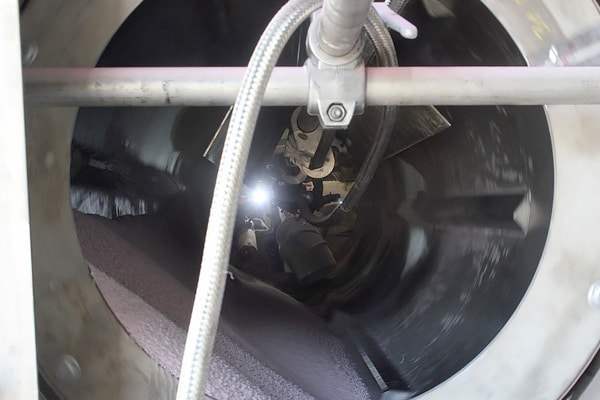Dust control has long been a critical concern across industries such as mining, construction, manufacturing, and agriculture. The health hazards, environmental impacts, and regulatory pressures associated with dust emissions require effective and innovative solutions from sources like bosstek.com. Today, advanced integrated systems are transforming how industries manage dust, offering enhanced efficiency, adaptability, and sustainability.
The limitations of traditional dust control methods
Traditional dust control techniques, such as basic water sprays or manual dust suppression, have been the foundation of dust management for decades. While effective to an extent, these methods often come with limitations. Overuse of water can lead to waste, increased operational costs, and challenges in maintaining optimal dust control during varying conditions. Similarly, manual efforts are labor-intensive and lack precision, leaving gaps in coverage and efficiency. These shortcomings highlight the need for more sophisticated solutions that adapt to dynamic operational environments while minimizing resource consumption and maximizing impact.
Advanced integrated dust control systems: a new era
Advanced integrated dust suppression systems combine cutting-edge technologies with automation and real-time monitoring to address the complexities of modern industrial operations. These systems are designed to provide tailored solutions, ensuring maximum dust suppression while optimizing resource usage. For instance, automated misting systems equipped with sensors can detect dust levels and activate suppression only when necessary, reducing water usage without compromising effectiveness. Integration with air quality monitoring tools allows these systems to continuously measure dust concentrations, enabling precise adjustments to meet compliance standards. By merging various components into a cohesive framework, advanced integrated solutions streamline operations and deliver superior performance compared to traditional methods.
The benefits of integrated solutions for efficiency
One key advantage of integrated dust control systems is their ability to enhance operational efficiency. These systems reduce manual intervention, freeing up labor for other critical tasks and ensuring consistent dust suppression throughout the workday. Moreover, automation eliminates human error, ensuring that dust control measures are applied consistently and effectively. For example, systems equipped with programmable settings can adjust mist intensity or coverage based on wind conditions, material type, or activity levels. This adaptability results in fewer interruptions and higher productivity on-site.
Another significant benefit is cost savings. By optimizing water and energy usage, integrated systems reduce operational expenses while minimizing environmental impact. These savings, combined with improved compliance and worker safety, make integrated dust control solutions a worthwhile investment for any industry.
Enhancing safety and environmental responsibility
Integrated systems go beyond efficiency by addressing critical health and environmental concerns. Effective dust suppression prevents harmful particles from becoming airborne, protecting workers from respiratory issues and reducing community exposure. Environmentally, these systems promote sustainability by reducing water consumption and incorporating eco-friendly suppression agents. Many advanced solutions are designed to operate in harmony with existing processes, minimizing their ecological footprint while maintaining high levels of performance.
Embracing the future of dust control
The rise of advanced integrated dust control systems signals a shift toward smarter, more sustainable industrial practices. Industries that adopt these solutions benefit from improved operational efficiency and also demonstrate a commitment to innovation, safety, and environmental stewardship. As technology continues to evolve, the potential for further advancements in dust control is limitless. By investing in these cutting-edge solutions, businesses can future-proof their operations while achieving greater success in a rapidly changing world.
Advanced integrated dust control systems are revolutionizing how industries manage dust, offering unmatched efficiency, adaptability, and sustainability. Embracing these solutions ensures safer workplaces, reduced environmental impact, and compliance with evolving standards. Thus, setting a new benchmark for industrial excellence.












